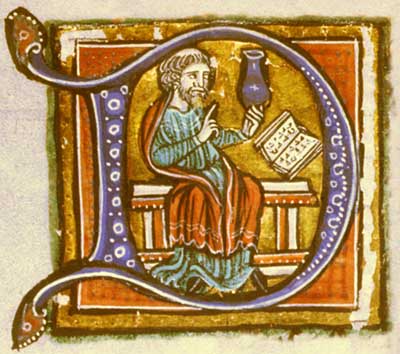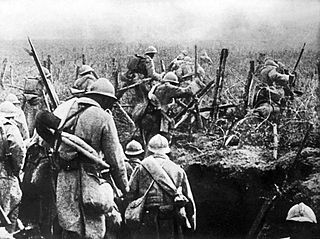How Islamic Science Shaped the European Renaissance: Key Contributions and Lasting Impact
Published: December 31, 2024

The Influence of Islamic Science on the European Renaissance
The European Renaissance, a transformative period from the 14th to the 17th centuries, is celebrated as the rebirth of art, science, and culture in Europe. However, this remarkable era owes much of its success to the intellectual contributions of Islamic scholars. From the 8th to the 13th centuries, during the Islamic Golden Age, scholars preserved and expanded upon knowledge from ancient civilizations. This knowledge became a vital foundation for many Renaissance breakthroughs.
How Islamic Science Reached Europe
During the Islamic Golden Age, intellectual hubs like the House of Wisdom in Baghdad translated and advanced classical works from Greek, Roman, Persian, and Indian traditions. Fields such as astronomy, medicine, mathematics, and chemistry thrived under Islamic scholars. This treasure trove of knowledge eventually made its way to Europe.
One key channel of transmission was Islamic Spain (Al-Andalus). Cities like Toledo housed extensive libraries filled with Arabic manuscripts. Gerard of Cremona, a 12th-century European scholar, traveled to Toledo to access this wealth of information. Inspired by the vast knowledge available, he learned Arabic and translated over 70 works, including Al-Khwarizmi’s treatises on mathematics.
Another example is King Alfonso X of Castile, who established translation schools in Toledo to bridge Islamic and European knowledge. These efforts, combined with trade routes and cultural exchanges during the Crusades, ensured a steady flow of ideas and innovations.
Key Contributions of Islamic Science
Islamic scholars made groundbreaking advancements across numerous scientific disciplines, directly influencing the Renaissance.
Astronomy and Navigation
Islamic scientists like Al-Battani and Al-Zarqali refined astronomical tools and theories. Al-Zarqali’s Toledo Tables became essential for European astronomers. An enduring story involves Renaissance sailors who relied on Arabic-inspired tools like the astrolabe for navigation during expeditions, including those of Christopher Columbus.
Medicine
Avicenna (Ibn Sina) wrote the Canon of Medicine, a comprehensive medical encyclopedia that remained a standard text in European universities for centuries. During the bubonic plague outbreaks in Europe, physicians reportedly consulted Avicenna’s work for guidance on symptoms and treatments.
Mathematics
Al-Khwarizmi, often called the "father of algebra," introduced key concepts foundational to mathematics, including algorithms. The very term "algorithm" is derived from his name. His work heavily influenced European mathematicians such as Fibonacci, whose Liber Abaci introduced Arabic numerals and algebraic methods to Europe.
Optics and Physics
Ibn Al-Haytham’s Book of Optics explored theories of light and vision that later inspired Renaissance figures like Roger Bacon and Galileo. A story tells of a European monk who replicated Ibn Al-Haytham’s lens experiments, paving the way for the invention of spectacles in 13th-century Italy.
Impact on the European Renaissance
The Renaissance’s intellectual revival relied heavily on the knowledge preserved and innovated upon by Islamic scholars. Universities in Bologna, Paris, and Oxford integrated Arabic texts into their curricula, fostering a new wave of critical thought.
For example, Nicolaus Copernicus’ heliocentric model of the solar system drew upon the astronomical data of Al-Tusi and Al-Battani. Similarly, Leonardo da Vinci’s anatomical studies echoed the precision of earlier Islamic medical research.
This profound cultural and scientific exchange not only propelled Europe into a new age but also underscored the interconnectedness of human progress.
Conclusion
The influence of Islamic science on the European Renaissance is a testament to the power of intellectual exchange. By preserving ancient knowledge and making groundbreaking advancements, Islamic scholars bridged the gap between ancient civilizations and Renaissance Europe. Their contributions remain a cornerstone of our shared scientific heritage.
Sources
- Gutas, D. (2001). Greek Thought, Arabic Culture: The Graeco-Arabic Translation Movement in Baghdad and Early 'Abbasid Society. Routledge.
- Saliba, G. (2007). Islamic Science and the Making of the European Renaissance. MIT Press.
- Wikipedia contributors. "Islamic Golden Age." Wikipedia, Wikimedia Foundation. Link.
- Wikipedia contributors. "House of Wisdom." Wikipedia, Wikimedia Foundation. Link.
- Lyons, J. (2009). The House of Wisdom: How Arabic Science Saved Ancient Knowledge and Gave Us the Renaissance. Bloomsbury.

